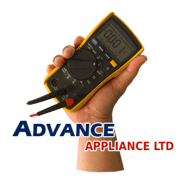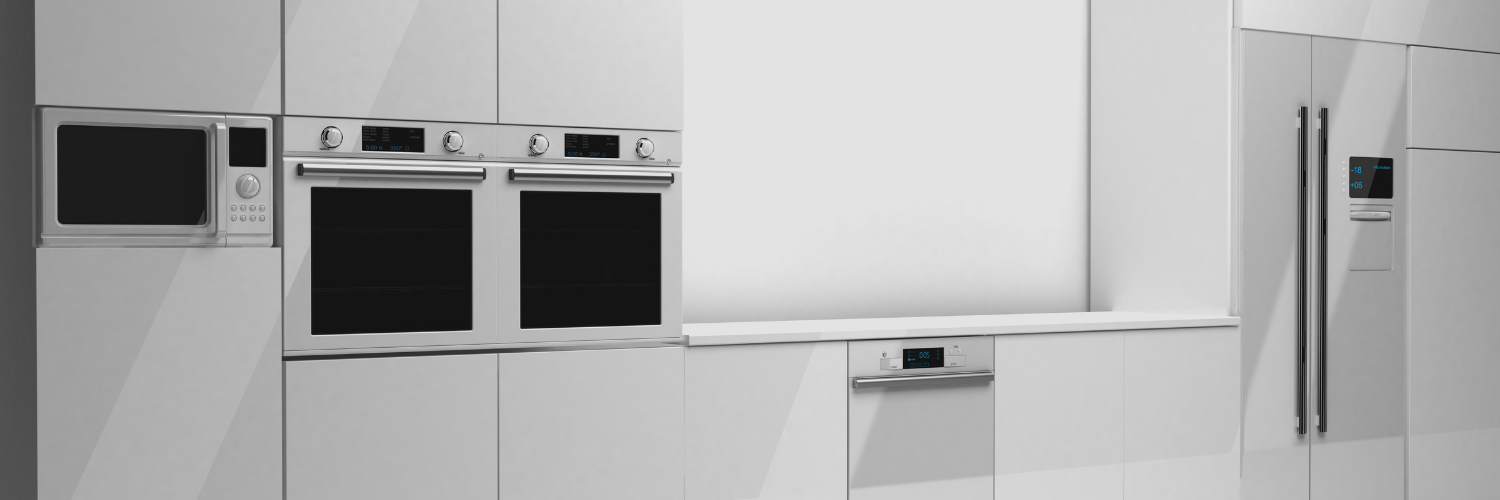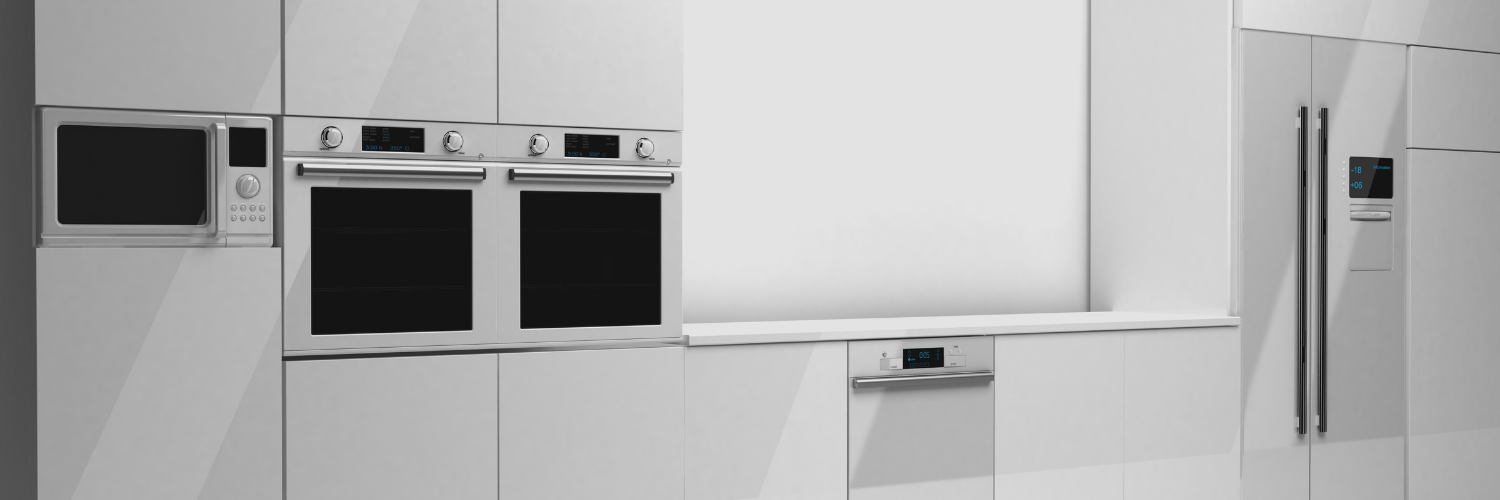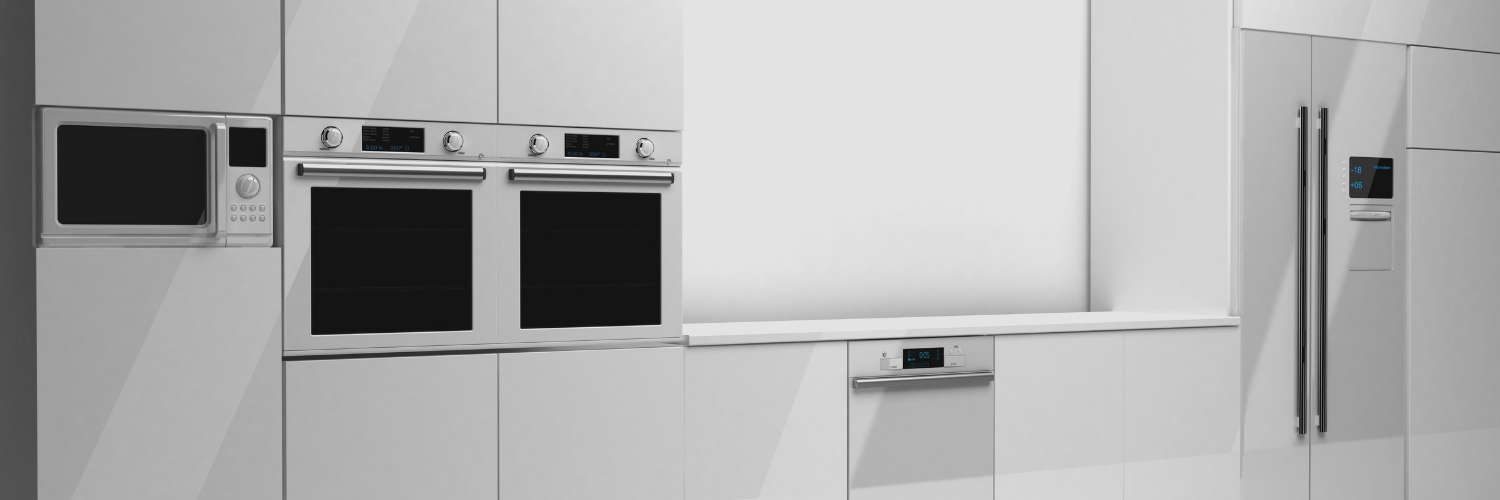How Much Does Appliance Repair Cost in Edmonton
How much does an appliance service call cost?
Appliance repair costs can be a concern for many homeowners in Edmonton when faced with malfunctioning appliances. Whether it's a washing machine that won't drain or a refrigerator that's not cooling properly, understanding the potential costs involved can help prepare for the expense. In this article, we'll delve into the factors influencing appliance repair costs and provide insights into the average costs for different appliances in the Edmonton area.
Factors Influencing Appliance Repair Costs
Type of Appliance
The type of appliance needing repair plays a significant role in determining the overall cost. Generally, more complex appliances such as refrigerators and ovens tend to have higher repair costs compared to simpler appliances like dryers.
Severity of the Issue
The severity of the appliance issue directly impacts the repair cost. Minor issues such as a clogged filter or a loose connection may incur minimal expenses, while major malfunctions requiring replacement parts or extensive repairs can significantly increase the cost.
Brand and Model
The brand and model of the appliance also influence repair costs. High-end brands may have pricier replacement parts, while older models might require more labor-intensive repairs, affecting the overall expense.
Availability of Parts
The availability of replacement parts can affect repair costs. If a specific part is rare or discontinued, it may need to be sourced from alternative suppliers, potentially increasing the repair expenses.
Average Cost of Appliance Repair in Edmonton
Washing Machine
- Cost for Parts: $70 – $200
- Average Cost to Fix Appliance: $175 – $250
Washing machines and washers commonly experience issues such as motor failures or water leaks. On average, repairing these appliances in Edmonton can cost between $175 and $250, depending on the severity of the problem.
Dryer
- Cost for Parts: $50 – $100
- Average Cost to Fix Appliance: $135 – $375
Dryers may encounter problems like heating element malfunctions or faulty thermostats. Repair costs for dryers in Edmonton range from $135 to $375, with factors like brand and issue severity influencing the final expense.
Oven & Stove
- Cost for Parts: $45 – $125
- Average Cost to Fix Appliance: $135 – $285
Ovens and stoves may require repairs for issues such as faulty igniters or broken heating elements. The average repair cost for these appliances in Edmonton falls between $135 and $285, depending on the complexity of the repair.
Fridge & Freezer
- Cost for Parts: $50 – $90
- Average Cost to Fix Appliance: $250 – $550 – $1000
Refrigerators and freezers often need repairs for problems like compressor failures or thermostat issues. Repairing these appliances in Edmonton can range from $250 to $1000, depending on the extent of the repair and the appliance's brand and model.
Tips to Minimize Appliance Repair Costs
Regular Maintenance
Performing regular maintenance on appliances can help prevent major malfunctions and reduce the need for costly repairs. Simple tasks like cleaning filters, checking for leaks, and inspecting electrical connections can prolong the lifespan of appliances.
DIY Fixes
For minor issues, homeowners can attempt DIY fixes to save on repair costs. Online tutorials and guides can provide step-by-step instructions for troubleshooting common appliance problems, allowing individuals to address issues without professional assistance.
Comparison Shopping
When seeking professional appliance repair services, it's essential to compare quotes from multiple providers. By obtaining estimates from different repair companies, homeowners can ensure they're getting the best value for their money without compromising on quality.
Conclusion
Appliance repair costs in Edmonton vary depending on factors such as the type of appliance, severity of the issue, and availability of parts. Understanding these factors can help homeowners anticipate expenses and make informed decisions when seeking repair services. By following maintenance tips and exploring cost-saving options, individuals can minimize appliance repair costs and ensure the longevity of their appliances.
FAQs
1.How can I estimate the cost of repairing my appliance?
- To estimate repair costs, consider factors such as the type of appliance, severity of the issue, and potential replacement parts needed. Obtaining quotes from reputable repair services can also provide a clearer picture of the expected expenses.
2. Are there any DIY repairs I can attempt to save money?
- Yes, many minor appliance issues can be addressed with DIY fixes. Online resources and tutorials offer guidance on troubleshooting common problems, allowing homeowners to save on repair costs.
3. Is it worth repairing an older appliance, or should I invest in a new one?
- The decision to repair or replace an appliance depends on various factors such as the appliance's age, condition, repair costs, and anticipated lifespan. In some cases, repairing older appliances may be more cost-effective than purchasing new ones, especially if the repairs extend the appliance's usability.
4. How can I prolong the lifespan of my appliances and reduce repair costs in the long run?
- Regular maintenance, such as cleaning, lubricating moving parts, and inspecting for wear and tear, can help extend the lifespan of appliances and minimize the need for costly repairs. Additionally, using appliances according to manufacturer guidelines and addressing minor issues promptly can prevent major malfunctions.



